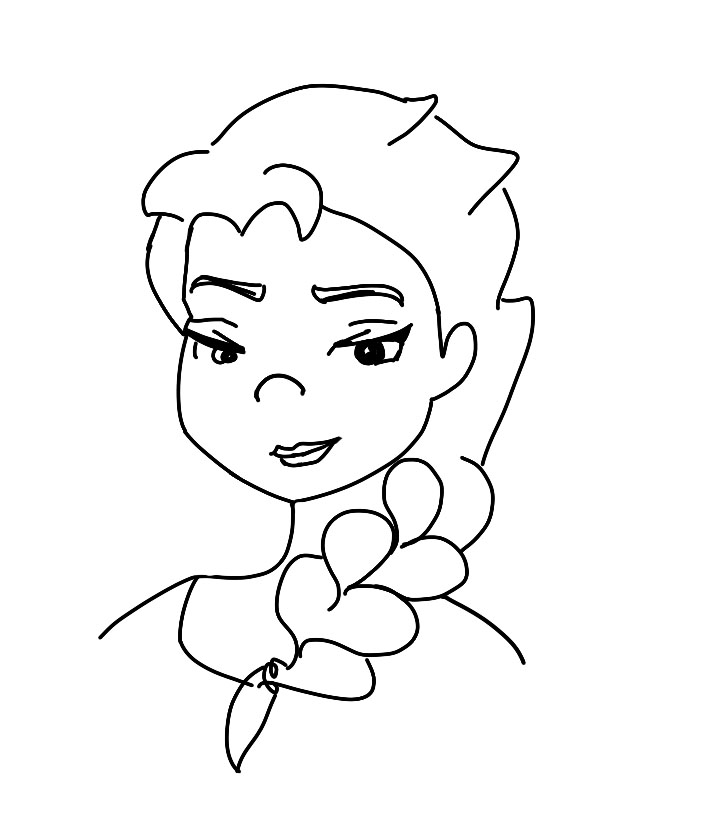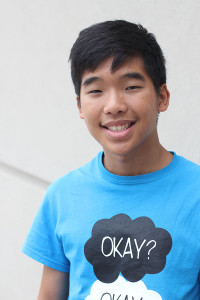“Mommy, I want to be a Princess,” the five-year-old girl exclaims. Imagining herself as Sleeping Beauty, she wants to wear a pretty pink dress and a beautiful gold tiara. However, she also begins to doubt herself: “Am I thin enough? Why am I not blonde? Why am I not pretty enough?”
Pervading American culture, Disney princesses continuously influence young girls with values that stick with them throughout their lives so much that this phenomenon has been labeled “the Disney princess effect.”
As the best-selling author of Cinderella Ate My Daughter, Peggy Orenstein, explains in The New York Times, Disney princesses flood young girls with these messages precisely at the moment that they need to prove that they are girls. Because children subconsciously believe that gender identity can shift, children below the age of seven respond to external signs to reinforce their gender by adopting “feminine” or “masculine” standards imposed by culture. Consequently, nearly every little girl venerates Belle, Jasmine and other Disney princesses.
“I think almost every young girl is susceptible to Disney films. I know I was. All the kids I babysit watch them as well,” senior Joy Harlynking said.
Although some Disney princes still influence boys, Disney princes do not affect boys to a large extent because male stereotypes are not reinforced according to researcher Dawn England of Arizona State University .
Unfortunately, until the recent Disney films like Tangled and Frozen, most Disney princesses have negatively impacted young girls because they have spread unhealthy body image perceptions and accepted oppressive gender roles.
By raising awareness about the negative impacts of Disney princesses, parents and young girls can learn what to look out for in earlier Disney films and focus on the later feminist Disney movies.
Disney princesses impose unrealistically “perfect” body images on young girls. The six first princesses have unreasonably slim waists and extremely light skin, which objectifies beauty and emphasizes the importance of appearance.
In Cinderella, reinforcing the mistaken mindset of “love at first sight,” the Prince only falls in love with Cinderella because of her beauty. Because her appearance saves her from horrible living conditions, Cinderella sends a message to girls that being pretty is all that matters.
Similarly, in The Little Mermaid, Ariel objectifies feminine beauty with an extremely small waist, big blue eyes and long luscious hair. After Ariel makes the deal with Ursula and must court Prince Eric without her voice, Ursula even tells Ariel not to “underestimate the importance of body image.”
In addition, often portrayed as a damsel in distress, Disney princesses indoctrinate young girls with extremely anti-feminist mindsets. Ultimately, princesses like Aurora and Jasmine discourage girls from becoming strong, independent women.
In Sleeping Beauty, Aurora must completely rely on Prince Philip to save her, and she has no goals in life other than to meet and talk to people. With her song “I Wonder,” Aurora even laments that all the female animals are able to find male partners, but she is not.
Not only is Aurora demure and naive, which are traditionally negative perspectives of women, but she also appears in the movie for only 18 minutes even though she is the protagonist. She is basically depicted as an object as opposed to an inividual. Unable to accomplish anything with her willpower, Aurora dangerously infers that women cannot be free and should rely on men for everything.
Furthermore, in Aladdin, although Jasmine takes action for having no choices in her life, she too stresses that women should not take much action because that is the role of men.
When Aladdin and Jasmine are on Carpet, Jasmine is the passive learner, while Aladdin properly teaches her and enlightens her. Additionally, Jasmine inactively stands around while Aladdin fights Jafar, and she must be saved by Aladdin from her death.
Although there are some examples of strong, independent princesses in past Disney films like Pocahontas and Mulan, most of the Disney princesses after Tiana in The Princess and the Frog have reversed this submissive portrayal of women.
“There’s no doubt that most recent Disney films portray women as stronger individuals like Elsa, Merida and Rapunzel,” Harlynking said. “Disney has realized that times are changing, and women are able to save themselves. They don’t need no man!”
In Tangled, the song “Mother Knows Best” prompts young girls to fight back against societal messages insinuating that they are not pretty for who they are, as Rapunzel overcomes Mother Gothel’s indoctrination.
Able to free herself from the tower, to see through Mother Gothel’s lies and to save Flynn Rider’s life, Rapunzel empowers girls to act independently and achieve their dreams.
Additionally, with the first female director for a Disney film, Frozen destroys the objectification of women with scenes like when Anna wakes up completely disheveled and actively leads Kristoff to find Elsa. Although Elsa isn’t a princess, she also empowers girls to liberate themselves from constraints and to achieve their full potential as Elsa doesn’t have to “conceal” her powers anymore and can “Let It Go.”
Although Disney princesses overall aren’t a completely negative influence on young girls, they can be harmful to the self-image of young girls who aren’t aware of the anti-feminist messages.
Luckily, recent Disney princesses continue to ameliorate the past ones so that the future generations of girls can be self-sufficient, free and “Brave.”







